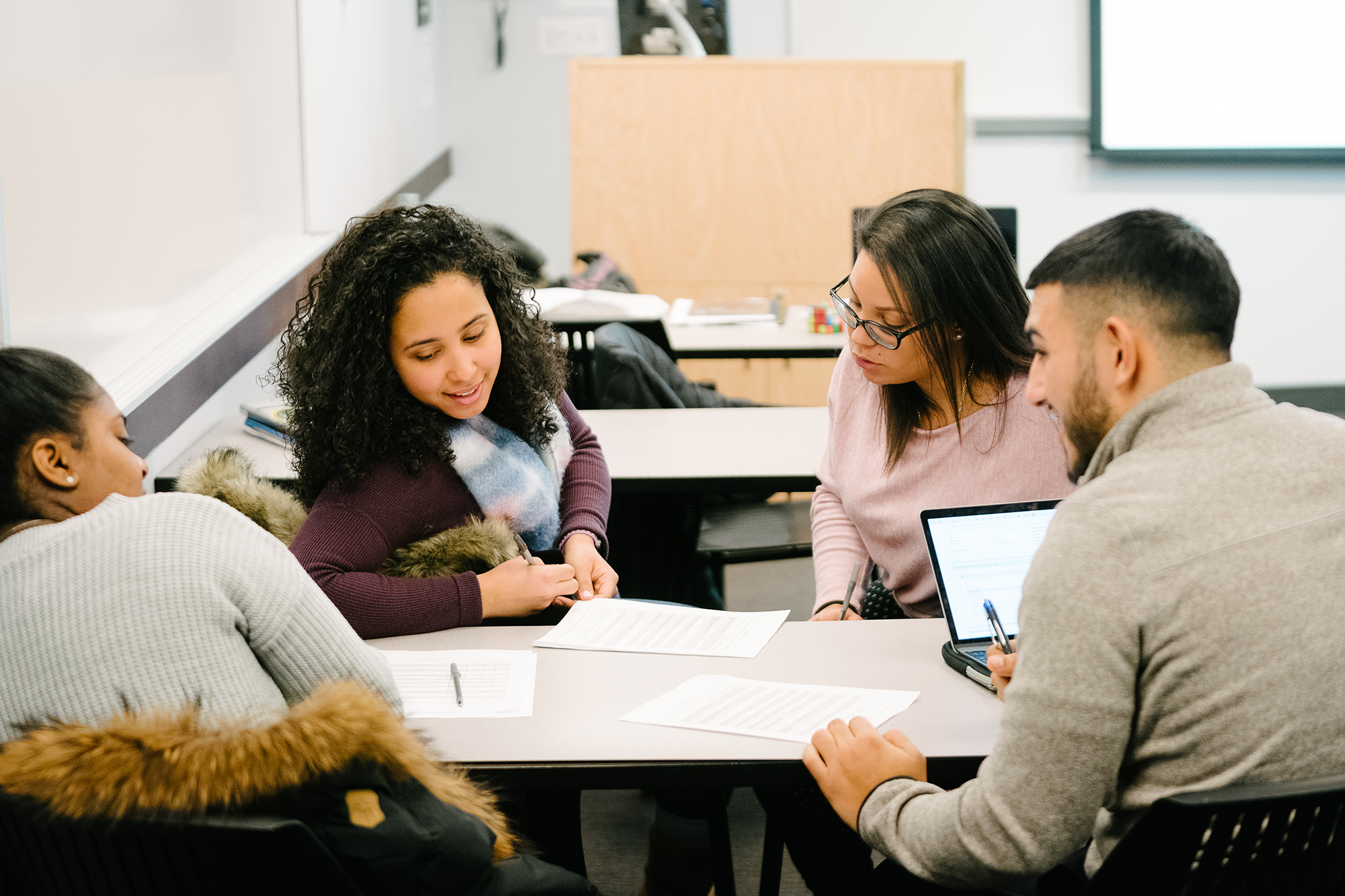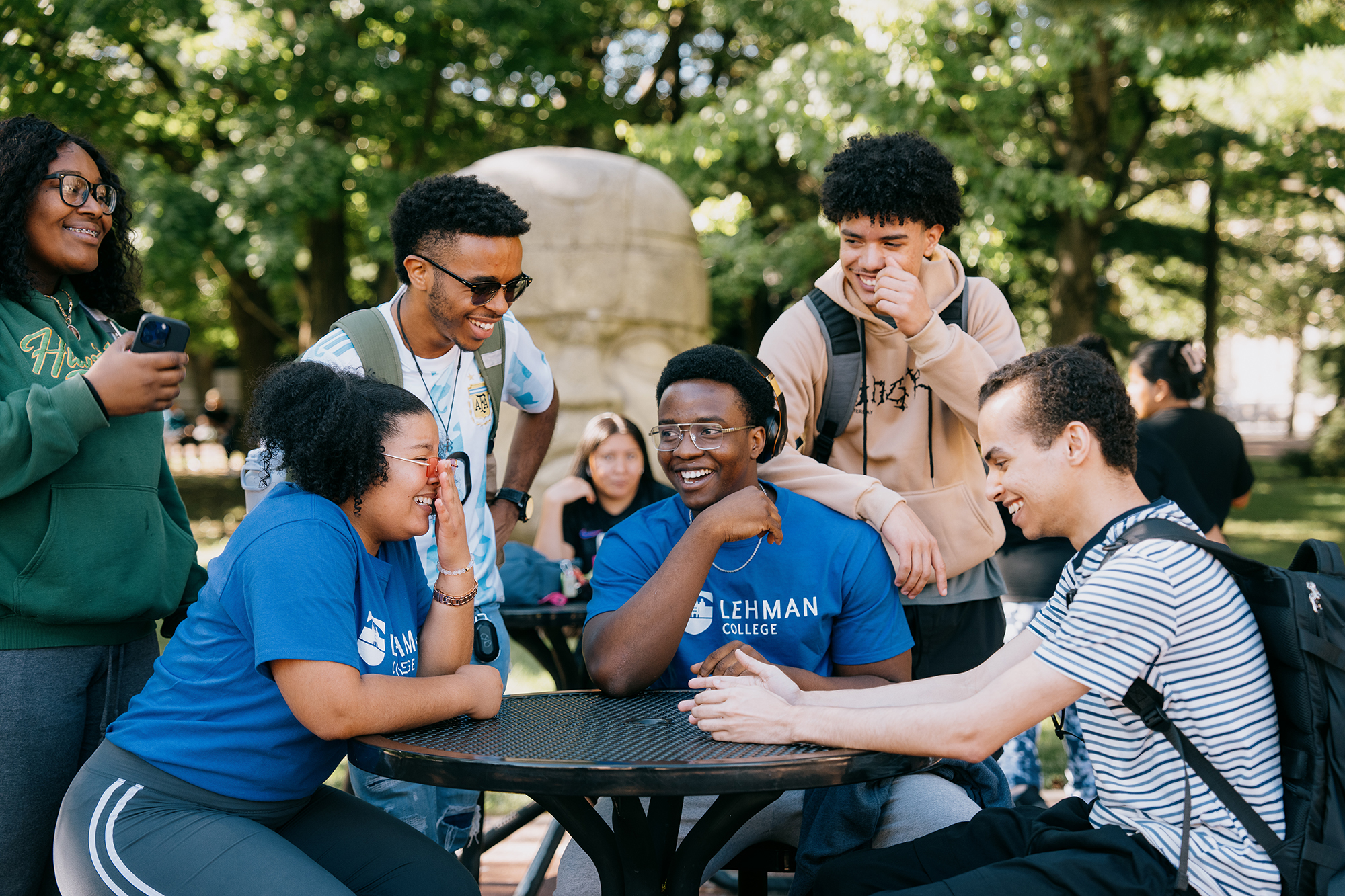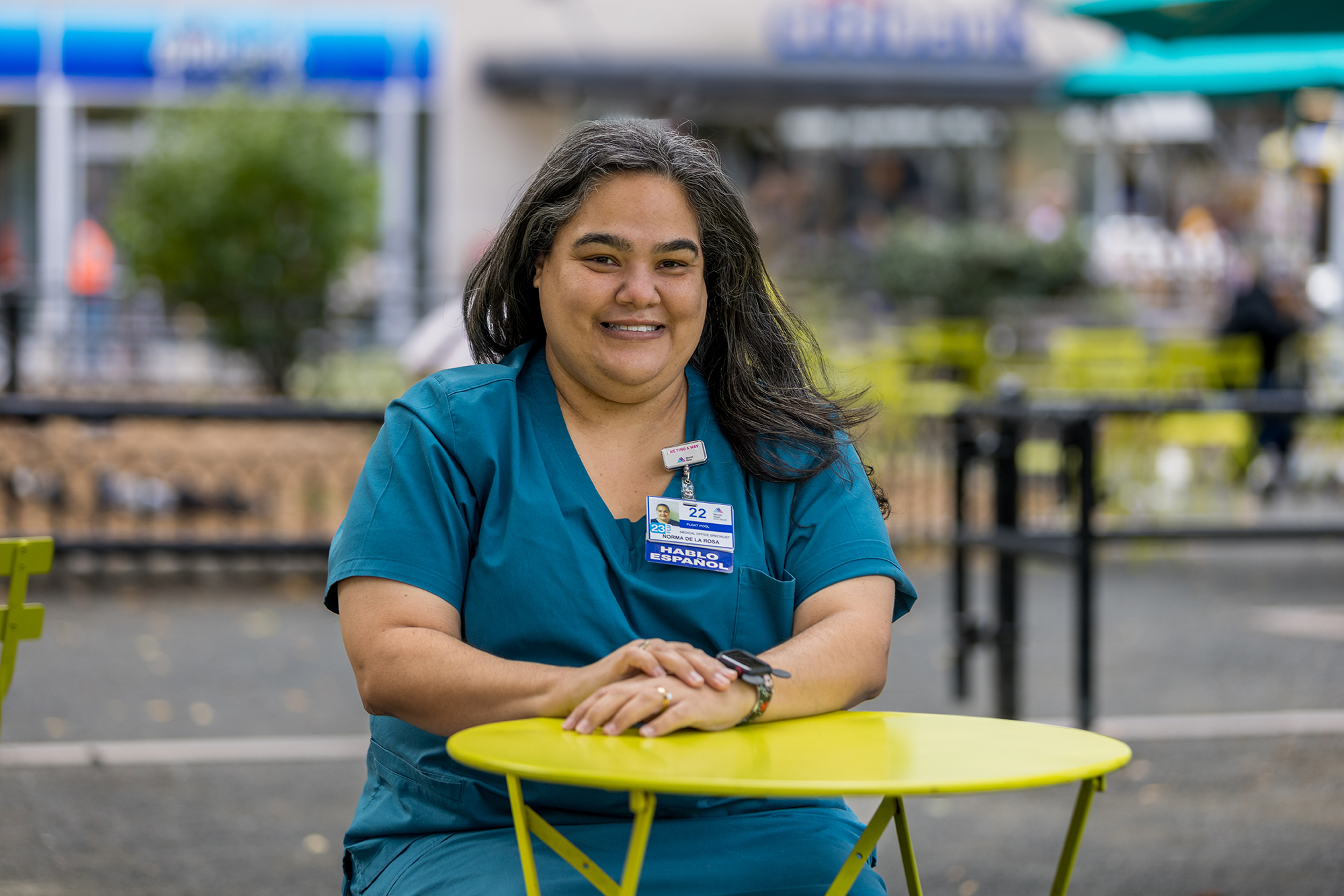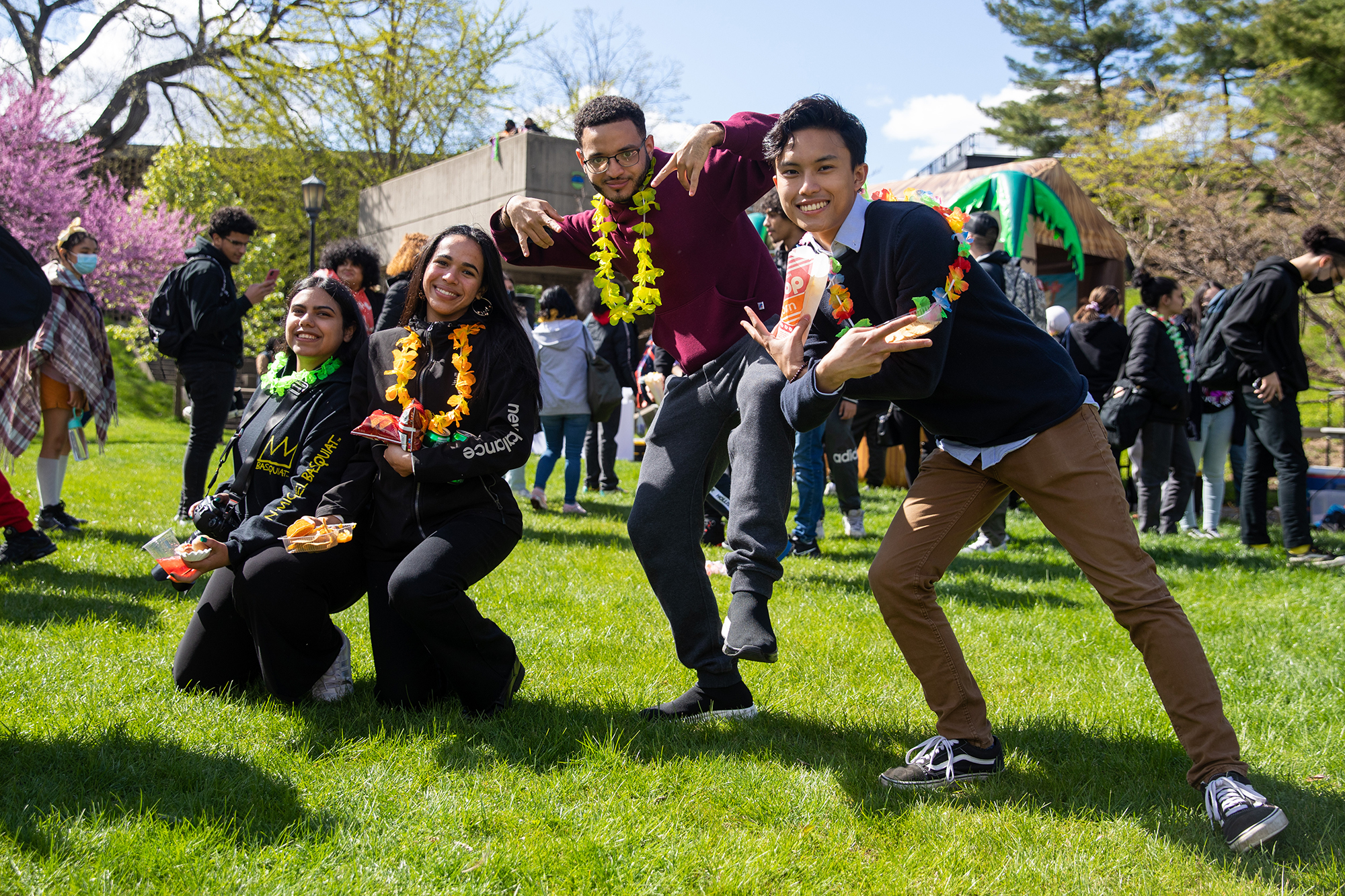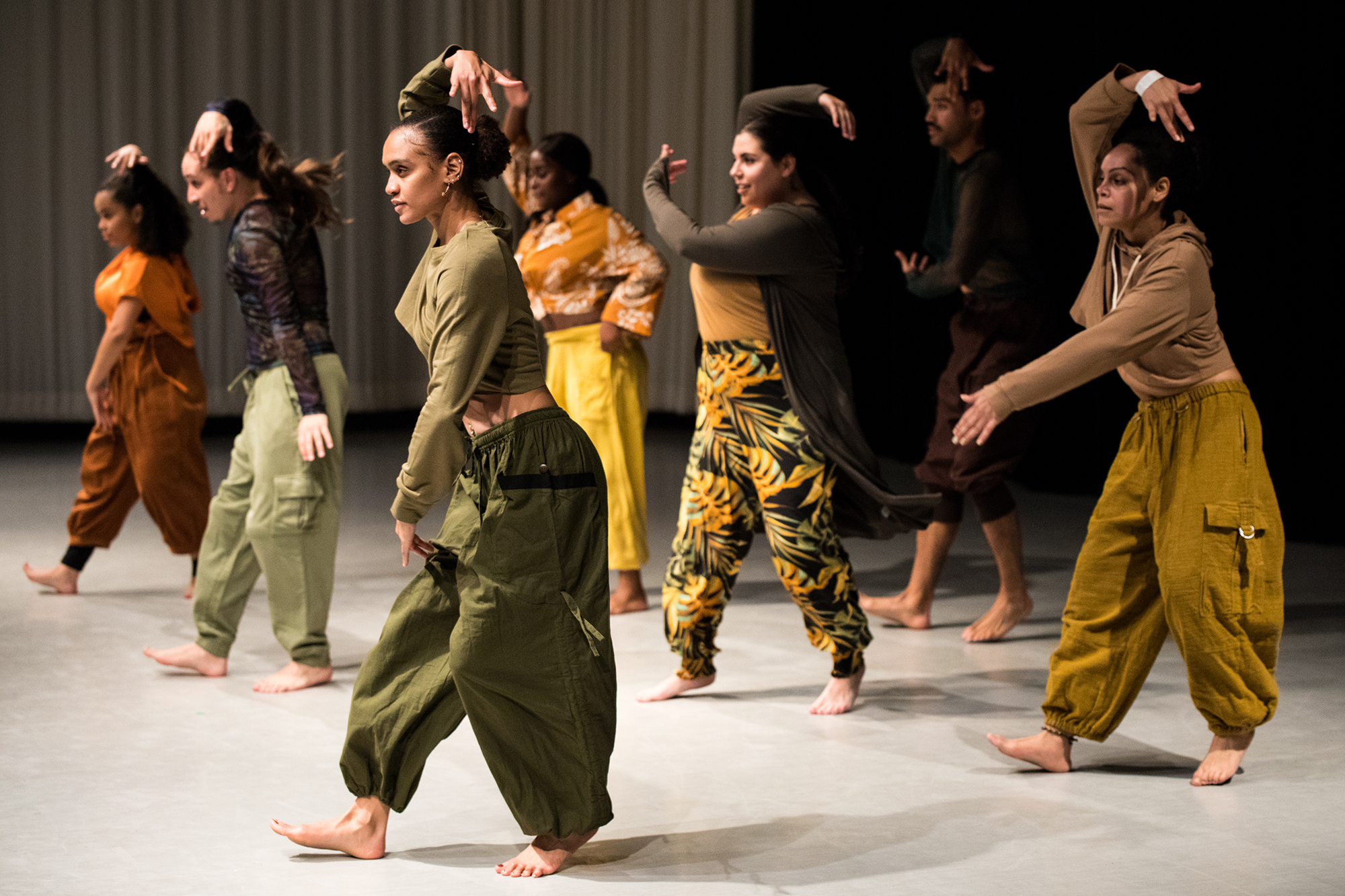Research, Outreach, and Science Education
Luis Anchordoqui's main area of research involves phenomenology of elementary particles, with applications to high energy astrophysics, cosmology, and collider physics. He has investigated some phenomenological aspects of D-brane string compactifications with low string scale and large extra dimensions, related to experimental searches for physics beyond the Standard Model at the CERN's Large Hadron Collider (LHC). He has also made many influential and creative contributions to our understanding of the earliest moments of the universe based on its baby pictures taken by measuring the cosmic microwave background, the faint glow of radiation generated by the Big Bang.
Anchordoqui has been an active participant in studies aimed at understanding the physics capabilities of the Pierre Auger (cosmic ray) Observatory and NASA's Probe Of Extreme Multi-Messenger Astrophysics (POEMMA) mission. More recently, he contributed to the conceptual design of the Forward Physics Facility (FPF) dedicated to supporting a suite of far-forward experiments at the LHC in the high-luminosity era. The FPF will be located 500 m from the ATLAS detector. It is shielded from the ATLAS interaction point by 100 m of concrete and rock, creating an extremely low-background environment, ideal for many Standard Model studies and new physics searches. For example, the FPF would lead to groundbreaking new capabilities for investigating the nature of dark matter, the origin of neutrino masses, and the imbalance between matter and antimatter in the present-day universe.
Due to the recent global health concerns Anchordoqui has adapted some of his interests to research in health sciences. He has published research related to COVID-19 and its airborne nature. The reports, which are available on the eprint server (arXiv:2003.13689 and arXiv:2007.05410), were written in a way to be understood by and educate the general public. He also made a risk assessment of COVID-19 airborne infection during hybrid learning [medRxiv doi:10.1101/2020.09.24.20200782].
Anchordoqui's research is currently supported by the US National Science Foundation (NSF) under Grant PHY-2112527 and the National Aeronautics and Space Administration (NASA) Grant 80NSSC18K0464.
Luis Anchordoqui received his B.Sc. in Physics in 1995 and a Ph.D. in Physics in 1998 from University of La Plata (Argentina). He was an Associate Research Scientist at Northeastern University from 1999-2006. In 2006 Anchordoqui (reluctantly) left Boston and accepted a faculty position at the University of Wisconsin Milwaukee. He started as an Assistant Professor (tenure track), and then in 2010 he was promoted to Associate Professor (tenure). Since 2014, Anchordoqui has been at the Lehman College, City University of New York, where he holds the rank of Professor.
Prof. Anchordoqui has been appointed to serve the US Department of Energy as a member of the High Energy Physics Advisory Panel (HEPAP). This panel advises the Federal Government on the national program in experimental and theoretical high energy physics. Prof. Anchordoqui's appointment runs through March 2025.
- NSF CAREER Award, 2011
- CSIC Research Award. The Spanish National Research Council (CSIC) is the largest public research organization in Spain; 2009.
- CONICET Postdoctoral Research Fellowship. The National Scientific and Technical Research Council (CONICET) is an Argentine government agency which directs and coordinates most of the scientific and technical research done in public universities and institutes; 1991
- ICTP Fellowship, sponsored by the United Nations Educational, Scientific and Cultural Organization (UNESCO) and the International Atomic Energy Agency (IAEA); 1998.
- FOMEC Predoctoral Research Fellowship. FOMEC is a proposal from the University Policies Secretariat of the Ministry of Culture and Education of Argentina, for investment in human resources or equipment at National Universities; 1996.
- L.A. Anchordoqui, I. Antoniadis, X. Huang, D. Lust, F. Rondeau and T. R. Taylor,
``Leptophilic U(1) massive vector bosons from large extra dimensions: Reexamination of constraints from LEP data''. - L.A. Anchordoqui et al.,
``The Forward Physics Facility: Sites, experiments, and physics potential''. - L.A. Anchordoqui,
``Decaying dark matter, the H0 tension, and the lithium problem,''
Phys. Rev. D 103, 035025 (2021)
doi:10.1103/PhysRevD.103.035025. - L.A. Anchordoqui,
``Ultra-High-Energy Cosmic Rays,''
Phys. Rept. 801, 1 (2019)
doi:10.1016/j.physrep.2019.01.002. - L.A. Anchordoqui and H. Goldberg,
``Neutrino cosmology after WMAP 7-year data and LHC first Z' bounds,''
Phys. Rev. Lett. 108, 081805 (2012)
doi:10.1103/PhysRevLett.108.081805. - L.A. Anchordoqui, H. Goldberg, D. Lust, S. Nawata, S. Stieberger and T. R. Taylor,
``Dijet signals for low mass strings at the LHC,''
Phys. Rev. Lett. 101, 241803 (2008)
doi:10.1103/PhysRevLett.101.241803. - L.A. Anchordoqui, H. Goldberg, S. Nawata and T. R. Taylor,
``Jet signals for low mass strings at the LHC,''
Phys. Rev. Lett. 100, 171603 (2008)
doi:10.1103/PhysRevLett.100.171603. - L.A. Anchordoqui, H. Goldberg, F. Halzen and T.J. Weiler,
``Neutrinos as a diagnostic of high energy astrophysical processes,''
Phys. Lett. B 621, 18 (2005)
doi:10.1016/j.physletb.2005.06.056. - L.A. Anchordoqui, J.L. Feng, H. Goldberg and A.D. Shapere,
``Black holes from cosmic rays: Probes of extra dimensions and new limits on TeV scale gravity,''
Phys. Rev. D 65, 124027 (2002)
doi:10.1103/PhysRevD.65.124027. - L. Anchordoqui, C. Nunez and K. Olsen,
``Quantum cosmology and AdS / CFT,''
JHEP 10, 050 (2000)
doi:10.1088/1126-6708/2000/10/050.
See full list of publications courtesy of the INSPIRE database.
- Luis Alfredo Anchodoqui and Thomas Cantzon Paul
"Mathematical Models of Physics Problems"
Nova Science Pub. Inc., 2013, 251 pages; ISBN 978-1626186002


